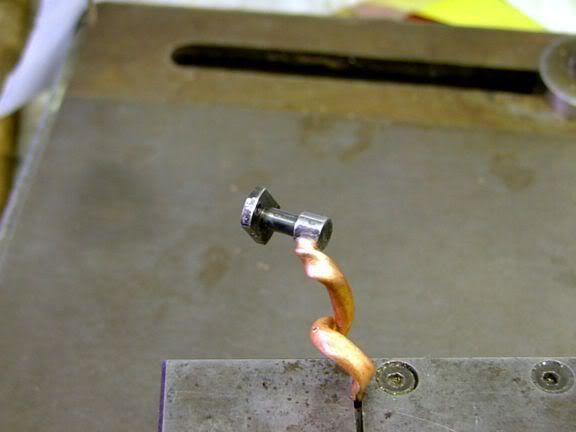Herb,
I am no metalurgist, but I do know what works for me and has worked very successfully for many years.
What I have shown and told you about has been my mainstay for at least 40 years, and I can't recount a single failure due to solder joints giving way (if done correctly).
Over the last few years, due to H&S issues a lot of solders have either had things added or taken away (Cadmium being one of the usual ones), usually to the detriment of the finished joint or getting them flowing correctly. The amount we use silver solder, you would need to be chewing the old stuff for years to cause you any deathly harm. When working with aircraft, I reckon 90% of the nuts and bolts we used were covered in Cadmium, so the damage has already been done, but I do wear a dust mask and well ventilated when soldering, just in case it does shorten my life by a minute or two.
When this sort of thing started to happen, I bought up old stocks of silver solder, in wire, rod and sheet form, just changing flux as and when they come out with a better one for stainless steel, as I find that if it works well with stainless, all other solderable materials will present no problems. I now have enough stock to last two lifetimes, even if Cadmium doesn't get me.
John





